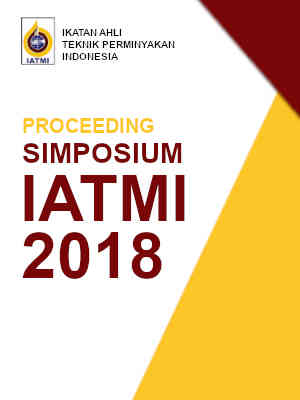Optimizing Hydraulic Fracturing Result through Geomechanic Approach and Design Calibration
Keywords:
Hydraulic Fracturing, GeomechanicalAbstract
Hydraulic fracturing is the main stimulation method that has been implemented in KS Telisa Formation Field since 2003. The challenges in hydraulic fracturing in KS Telisa is to maintain the fracture geometry still contain in the interest zone and does not breach to lower or upper formation.
The geomechanical study has been conducted to calculate the rock mechanical properties at Telisa Formation and also define the in situ stress at interest zone, upper zone and lower zone. The result of geomechanical calculation then has been inputed to the fracturing simulation software to create the fracturing design. The fracturing design then be optimized to create the optimum fracturing geometry that still contain and covered the interest zone at TLS formation. The previous fracturing data also used to calibrate the geomechanical calculation. The previous fracturing treatment is re-run using fracturing simulation software and the output model then be compared with the actual fracturing result and also calibrated with actual production data trend to know if fracturing geometry contain or not in the Telisa formation.
There are several fracture diagnostic method that can be used to know the actual fracture geometry such as net pressure analysis, temperature logging, microseismic mapping, etc. Some methods have been implemented in KS Telisa Field to know the fracture geometry such as fracturing simulation (net pressure analysis) and pre-fract temperature log, but the real geometry, orientation and location of fracture still can not be ensured. To improve the geomechanical calculation and fracturing design model, microseismic mapping will try to be implemented at KS telisa fracturing job.



